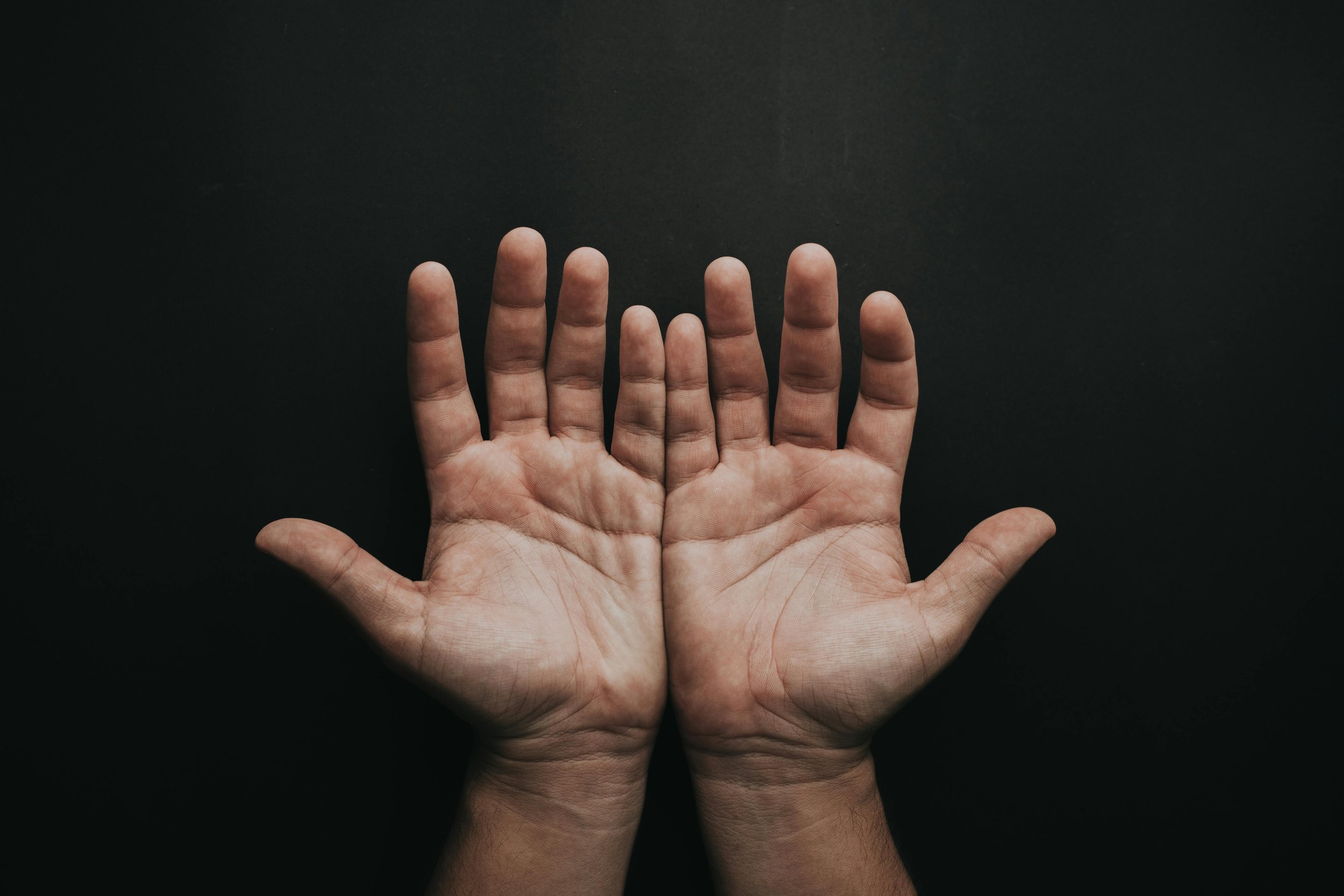
Frequently asked questions.
What should I expect for the first massage?
If you haven’t had a chance to print and complete your paperwork before your appointment, please arrive 5-10 minutes early to do so in the office. After I have a chance to review your forms we’ll head into the treatment room to discuss your goals and form a plan for the massage. At that point I’ll step out and give you a couple minutes to change and get on the table under the sheet and blanket, then I’ll knock and make sure you’re ready before I come back in.
What should I wear?
The most important thing is that you feel safe and comfortable, so while it’s ideal to work directly on the skin as much as possible you should feel free to keep on however much clothing you would like. During the massage you’ll be underneath a flat sheet and blanket, with only the area we’re currently working on exposed. While many people undress completely, some choose to leave their underwear on and that’s perfectly fine.
Is a painful massage more effective?
While many patients and, unfortunately, therapists believe that painful massage can “break up adhesions” or “release toxins”, there’s virtually no evidence to support these ideas. While locating tender points in the body, by definition, elicits some pain, my goal is to provide soothing stimulus to your brain and facilitate a lasting decrease of pain perception in these points. That isn’t likely to happen when your brain perceives danger from a painful massage. That said, much of my work is as firm and specific as possible without eliciting pain, aiming to strike a balance between pain relief and relaxation.
Is it better to talk or be quiet during a massage?
While there will be points during the massage that I talk to you (checking in about pressure, asking you to turn over, etc.) my default is silence. I want you to have the best chance of feeling better after your massage, and the effort required to carry a conversation usually limits a patient’s ability to relax, breathe deeply, and focus on the calming sensation of massage. Most of the people I work on appreciate the opportunity for a tranquil moment with no obligation to engage, and many people fall asleep during the treatment. However, I understand that some people want a degree of conversation, especially in the first appointment(s), and that this helps them get to know me and feel safe. I am always happy to converse with patients during a massage if they so choose, but you may find my responses do less to invite further talk than they would if we were in a social setting. This is intentional and intended to help you feel free to relax and quiet your mind.
How often should I get a massage?
Your own body will be a better judge of this than me, unfortunately. I try to give everyone I work on helpful tips and techniques they can practice to reduce their daily experience of pain, but only you will know how long the benefits of each massage last for you. If you’ve been dealing with significant pain for a long time it will likely require more frequently communicating messages of safety to your nervous system before you begin to feel significantly better. For some people that might mean a massage every week or two, but if you’re diligent with your daily self care it will greatly reduce the need for massage. My goal is to give you a clear experience of reduced pain and stress such that you are better able to reproduce that by yourself.
Is it better to do a full body massage or more targeted work?
This depends on what your goals are for the massage. While a full body massage is a lovely way to achieve general relaxation and increase awareness of your body as a whole, I believe more targeted work is crucial if you’re hoping to address areas of specific pain. To do this most effectively I need to work slowly and patiently with your nervous system, giving it pleasant stimulus with as little pain as possible in the specific areas most involved with your symptoms. The more intense your pain is and the longer you’ve been living with it, the more convincing it will take for your brain to feel safe enough to let go of it. While your rational brain might want me to “get in there” and beat your sore muscles into submission, the more primal parts of your brain responsible for pain regulation respond better to slow, sustained pressure and skin stretch.
A one hour full body massage simply doesn’t allow for this kind of focused, patient work. In a 90 minute appointment it’s easier to fit in full body work while still focusing on a handful of areas, but I would encourage all my patients to try at least one session of targeted work and see if they don’t experience more profound, longer lasting relief. While some people worry that more targeted work will leave them feeling beat up or overworked, focusing on fewer areas actually allows me to use these gentler, slower techniques balanced with the more traditional massage most people associate with “deep tissue” work.
